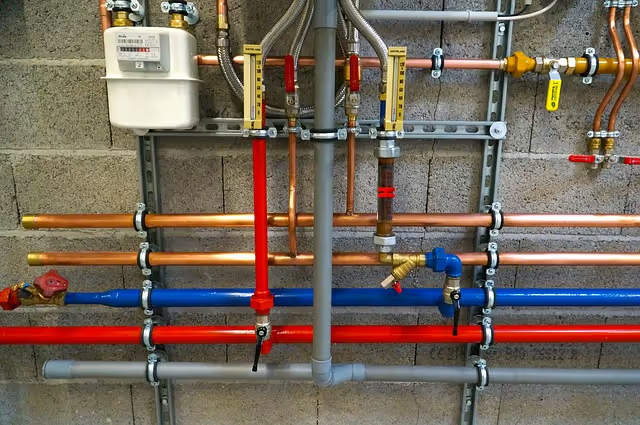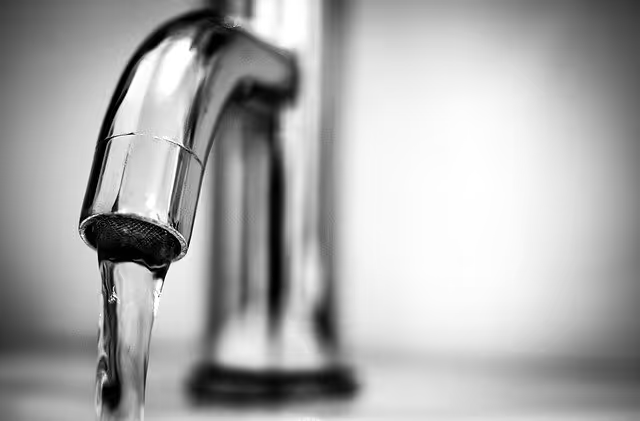Plumbing Maintenance Checklist

Inspection of the plumbing system of your home or commercial building should be done regularly. If it has been a while since your last, it is possible your plumbing system has changed, which may eventually lead to leaks, damages, and rupture. Plumbing maintenance helps in ensuring that your pipes are in good working condition. In this post, we will share with you an important plumbing maintenance checklist you can use now and in the future.

Plumbing Maintenance Checklist
A regular plumbing inspection and maintenance has many benefits. Let’s find out what they are below.
Why Are Plumbing Maintenance Checklists Important?
Why are plumbing maintenance checklists necessary? When you consult a plumbing contractor to inspect your plumbing system for any corrosion and wear and tear, see if they have a checklist. A bathroom plumbing checklist guarantees that everything is inspected thoroughly without missing anything — the same goes for if you’re looking into dishwasher maintenance. They also help ensure you will receive a complete report after the service.
What is Included in a Proactive Plumbing Preventive Maintenance Checklist?
A checklist should be all-encompassing, which means all critical components of the plumbing system should be covered. These include drains, pipes, and valves, among others.
A proactive plumbing preventative maintenance and house drain maintenance checklist should inspect/check for the following — especially if you’re purchasing a condo and are looking for specifics prior to purchasing:
1. Leaks
Plumbing inspection always checks for any signs of active leaks, such as moisture, puddles, and water spots. Mildew or molds also indicate an active leak. It is important to detect and repair leaks to prevent water loss and wastage.
2. Signs of Corrosion
Corrosion can tell whether or not your plumbing pipes are already close to the end of their lives. During the inspection, corrosion signs should be checked on all pipes. Also, check for limescale around showerheads and water faucets.
3. Water Pressure
The normal water pressure of a building is between 40 to 80 psi. It gets too low and residents may complain; you raise it too high and your pipes will explode. Often, multiple-story buildings have higher water pressure on lower floors and lower pressure on higher levels.
4. Drains
Next is to inspect the drains and test for the flow rate. Slow and clogged drains should be restored to correct function through hydro jetting or power rodding. Drains are also a big part of plumbing infrastructure, so you want to make sure that you don’t make kitchen design mistakes that compromise your drains.
5. Water Heater
Check your water heater for proper temperature and signs of leaks. Included in the inspection are your safety valves and overflows. If you detect safety problems, immediate repair should be done to prevent bigger issues.
6. Valves
Check if the valves are operating reliably. Test all the valves if they are operating correctly. If there are any broken valves, they should be replaced immediately. In case of blowouts, valves ensure that you can shut off the water supply of particular parts of the building, as opposed to turning off the supply of the entire building.
7. Backflow
Commercial buildings and multi-unit residential buildings are mandated to install backflow prevention devices and carry out backflow testing every year. This way, you can ensure that water does not flow backward and prevent water contamination.
Questions
What is involved in a plumbing inspection?
As long as water runs through it, it should be included in a quality home plumbing inspection. This includes all lines and pipes, drains, sinks, toilets, tubs, and valves.
Do Home Inspectors check plumbing?
Short answer, yes. A home inspector will check many aspects of your house, including your plumbing system (bathtubs, sinks, toilets, and even outdoor devices like spigots). The inspector will also inspect for signs of water leaks and other damages in your plumbing system.
What do maintenance plumbers do?
Maintenance plumbers work in the installation, maintenance, and repair of plumbing systems involving drains, pipes, guttering, and metal roofing. They also work in mechanical services for drainage, HVAC systems, gas, water supply, and sewerage.
Bottom Line
Regular maintenance is critical to the health of your house or building’s plumbing system. If your last plumbing inspection was a long time ago, now is the time to do it, especially if your water bills suddenly surged, you suspect your system is not functioning well, or you have plumbing problems in old houses. Call a reliable maintenance plumber and check if he uses a plumbing maintenance checklist. This checklist is essential in ensuring that all plumbing aspects and parts are covered and nothing is missed!
